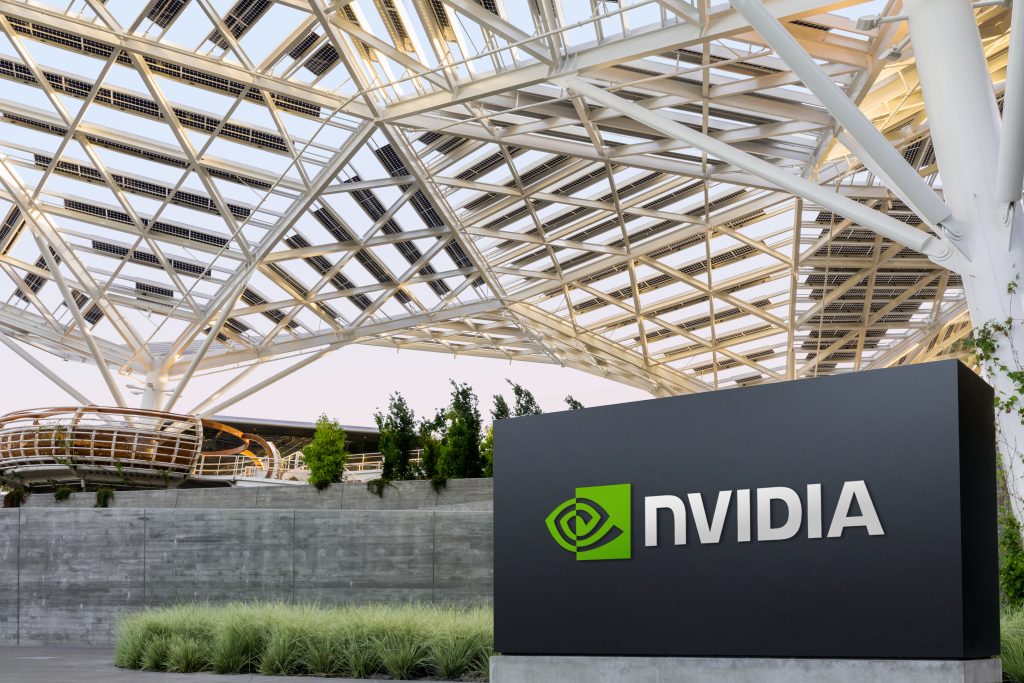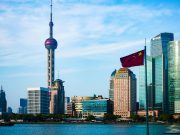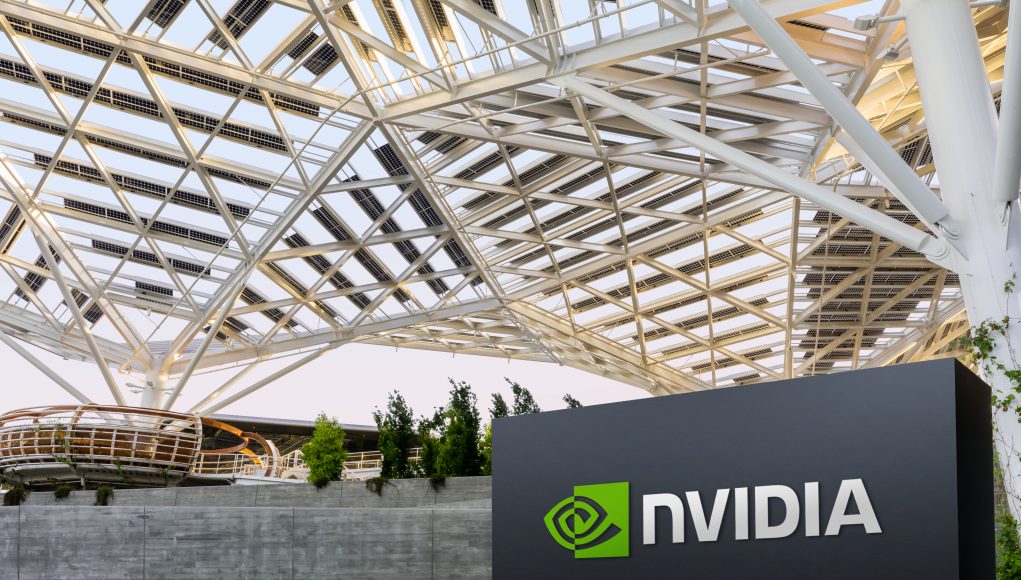
(Singapore, 20.11.2025)Nvidia delivered another blockbuster quarter that briefly quieted Wall Street’s fears of an overheating AI boom. With revenue surging again and a stronger-than-expected outlook for the months ahead, the world’s most valuable company signaled that demand for artificial intelligence hardware remains intense — even as investors continue to debate whether the industry is racing toward a transformational tipping point or inflating an unsustainable bubble.
The chipmaker, now valued at more than US$4.5 trillion, stunned the market on Wednesday with a sharp rebound in growth after several quarters of slowing momentum. Third-quarter revenue jumped 62% year-on-year to US$57 billion, powered by enormous demand for its AI-focused data center chips. The data center segment alone contributed US$51.2 billion, surpassing analyst projections and cementing Nvidia’s position at the heart of today’s global AI infrastructure build-out.
Looking ahead, the company expects fourth-quarter revenue of about US$65 billion — well above Wall Street’s forecast of US$61.7 billion. Nvidia also told investors it aims to maintain its exceptionally high gross margins in the mid-70% range through fiscal 2027, an ambitious commitment that reflects its confidence in long-term demand for its most advanced GPUs.
The strong results sent Nvidia’s shares up about 5% in after-hours trading, adding roughly US$220 billion in market value. The surge provided a welcome boost after the stock had slid nearly 8% in November amid fears that the AI rally had outrun real-world fundamentals. Those concerns were not unfounded: Nvidia’s share price had skyrocketed more than 1,200% over the past three years, becoming the single most important gauge for investors tracking the AI economy.
But CEO Jensen Huang pushed back firmly against suggestions that the industry is caught in a bubble. Speaking to analysts, he argued that AI is still in the early stages of transforming every major field of computing.
“From our vantage point, we see something very different,” Huang said. “We’re in every cloud. Developers love us because we’re literally everywhere — from cloud to on-premise to robots, edge devices, and PCs. One architecture. Things just work.”
Huang repeated a bold projection the company made previously: Nvidia has secured around US$500 billion worth of chip orders stretching through 2026, underscoring the urgency with which cloud giants and AI developers are racing to secure hardware.

Despite the upbeat tone, many analysts warned that Wednesday’s numbers alone may not eliminate fears of a speculative boom. One major worry is Nvidia’s growing dependence on a small group of customers. In the latest quarter, 61% of the company’s revenue came from just four unnamed clients, up from 56% previously. Industry watchers believe these key buyers likely include Microsoft, Meta, and Oracle, all of whom are pouring billions into AI infrastructure.
Another structural concern is the rapid expansion of Nvidia’s “chip rental” arrangements. The company spent US$26 billion in the third quarter renting back its own chips from cloud-service providers — more than double the US$12.6 billion spent in the previous period. These agreements now run through at least 2031. Critics say this trend creates a circular AI economy in which Nvidia invests in AI companies, those companies buy Nvidia chips, and Nvidia then leases those chips back to ensure supply continuity. The company recently pledged up to US$100 billion to OpenAI and another US$10 billion to Anthropic, both heavy users of Nvidia hardware.
Some analysts argue this cycle is ultimately unsustainable, especially since many AI startups and projects have yet to turn meaningful profits. Market skeptics warn that if spending fails to translate into financial returns, the sector could face a painful correction.
Huang, however, remains convinced that the industry is not approaching a collapse, but rather crossing into a new era. He described three major transitions he believes will redefine global computing: the shift of traditional software from CPUs to AI-accelerated GPUs; the creation of new AI-driven software categories such as coding assistants; and the expansion of AI systems into the physical world, powering robots, autonomous machines, and smart industrial devices. He emphasized that Nvidia’s unified GPU architecture positions the company at the center of all three shifts.
Even some Nvidia supporters admit that the biggest obstacles may lie outside the company’s control. As tech giants build massive AI data centers, the availability of power, land, and grid capacity has emerged as a new bottleneck. Analysts say these physical limits could slow the pace at which cloud providers — Nvidia’s biggest customers — can deploy new AI hardware over the next several years. Huang acknowledged the challenge, saying the company is now building partnerships with land developers, energy suppliers, and data center operators to ensure growth continues.
Meanwhile, Nvidia is seeking new markets as it remains largely shut out of China due to U.S. export restrictions. This week, the U.S. Commerce Department authorized the export of up to 35,000 Nvidia Blackwell chips to customers in Saudi Arabia and the UAE, a deal that could exceed US$1 billion.
Still, competition is rising. Companies such as Google, Amazon, and Meta are accelerating efforts to build their own AI chips, hoping to reduce reliance on Nvidia’s hardware. Some analysts say this shift could limit Nvidia’s upside in the long run.
For now, Nvidia has delivered exactly what anxious investors wanted: proof that the AI boom still has strength behind it. But whether this resilience marks a durable transformation or merely postpones an eventual reckoning remains the question hanging over the world’s most influential tech company.





































